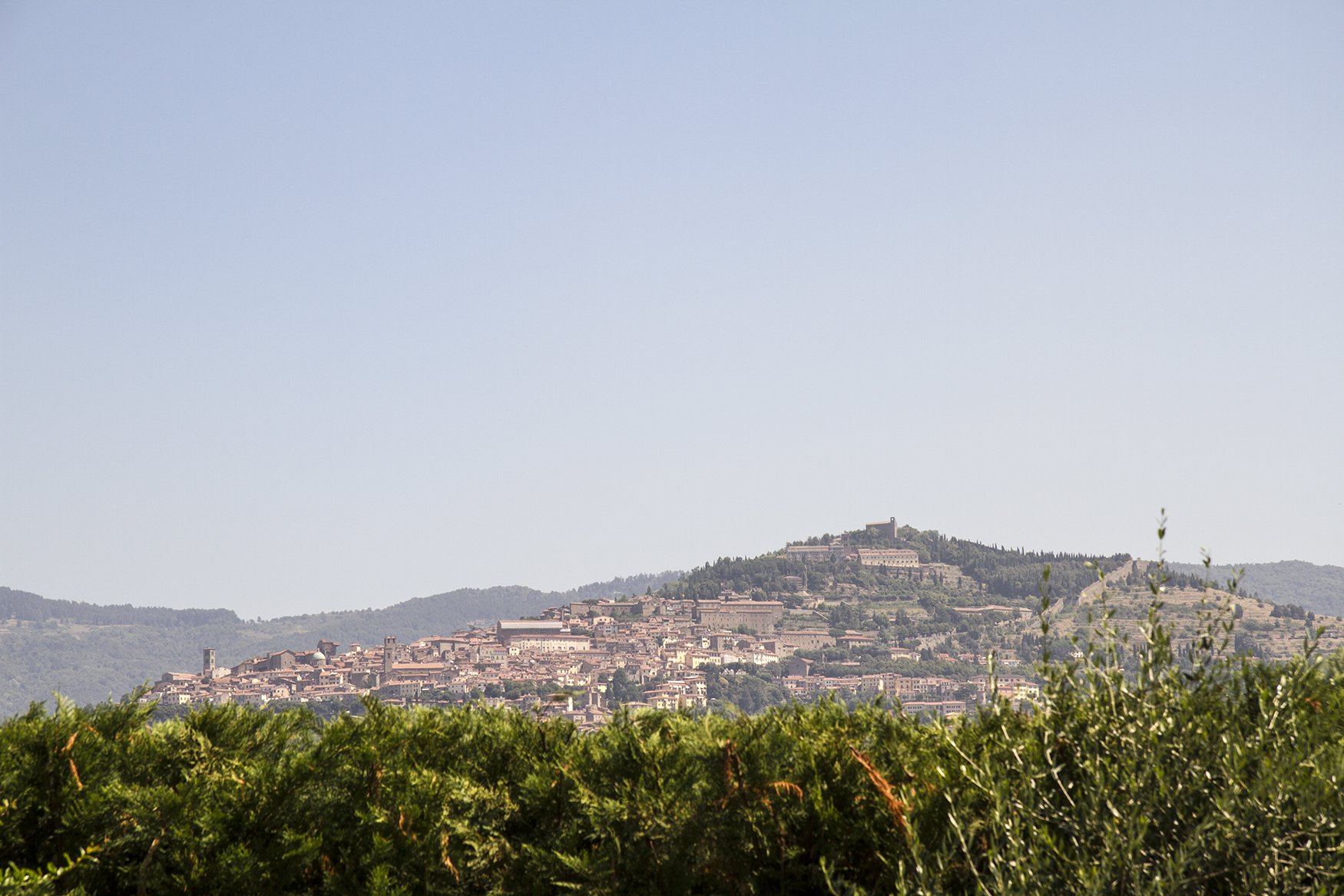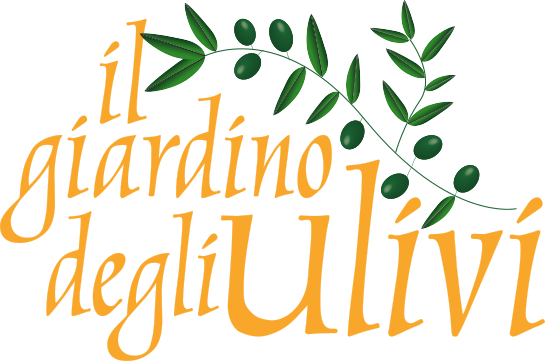
Cortona
An Etruscan art town in Tuscany
The town of Cortona stand high on a hill in the heart of Tuscany and has a spectacular views of the Valdichiana, Lake Trasimeno and Mount Amiata. Originally an Etruscan stronghold, Cortona was conquered by the Romans and Goths before becoming a free commune in the 12th century when it enjoyed a period of notable splendour. Its important history and culture, its valuable artworks, museums, churches and monuments, its precious local handicrafts and its excellent traditional cuisine make it unique and world-renowned.
Monuments
The historic centre of Cortona is represented by Piazza della Repubblica and by the nearby Palazzo Pretorio, which now houses the MAEC Museum (Cortona’s Etruscan Museum). The most important artifact is the famous bronze lamp which dates back to the V century B.C. The Diocesan Museum is opposite the cathedral, which contains the "Annunciation" by Fra Angelico and works by other major Tuscan artists, including Luca Signorelli, who was born in Cortona.
Amongst Cortona’s most beautiful churches are the Gothic Church of St Francesco and the Sanctuary of St Margherita, which contains the body of the saint dead in 1362. The Medici fortress affords the best views of town and countryside and in the north east area of Cortona visitors can tour the hermitage called Eremo delle Celle, which was founded by Saint Francis in 1211.
Events
Visiting Cortona is a must during a vacation in Tuscany because it offers a calendar full of cultural events and food festivals, such as the Porcini mushroom Festival and the T-Bone Steak Festival in August... There's something for everyone! The Giostra dell’Archidado, a medieval reenactment of a cross-bow shooting contest with costumed parades and flag throwers performances in June, the Cortona Mix Festival, an event of literature, music and cinema in July and Cortonantiquaria, one of the most important antique fairs at the national and international level. Moreover, over the whole year, there are concerts, art exhibitions and an important theater season at Teatro Signorelli, as well as in churches and on the main squares of the town.







